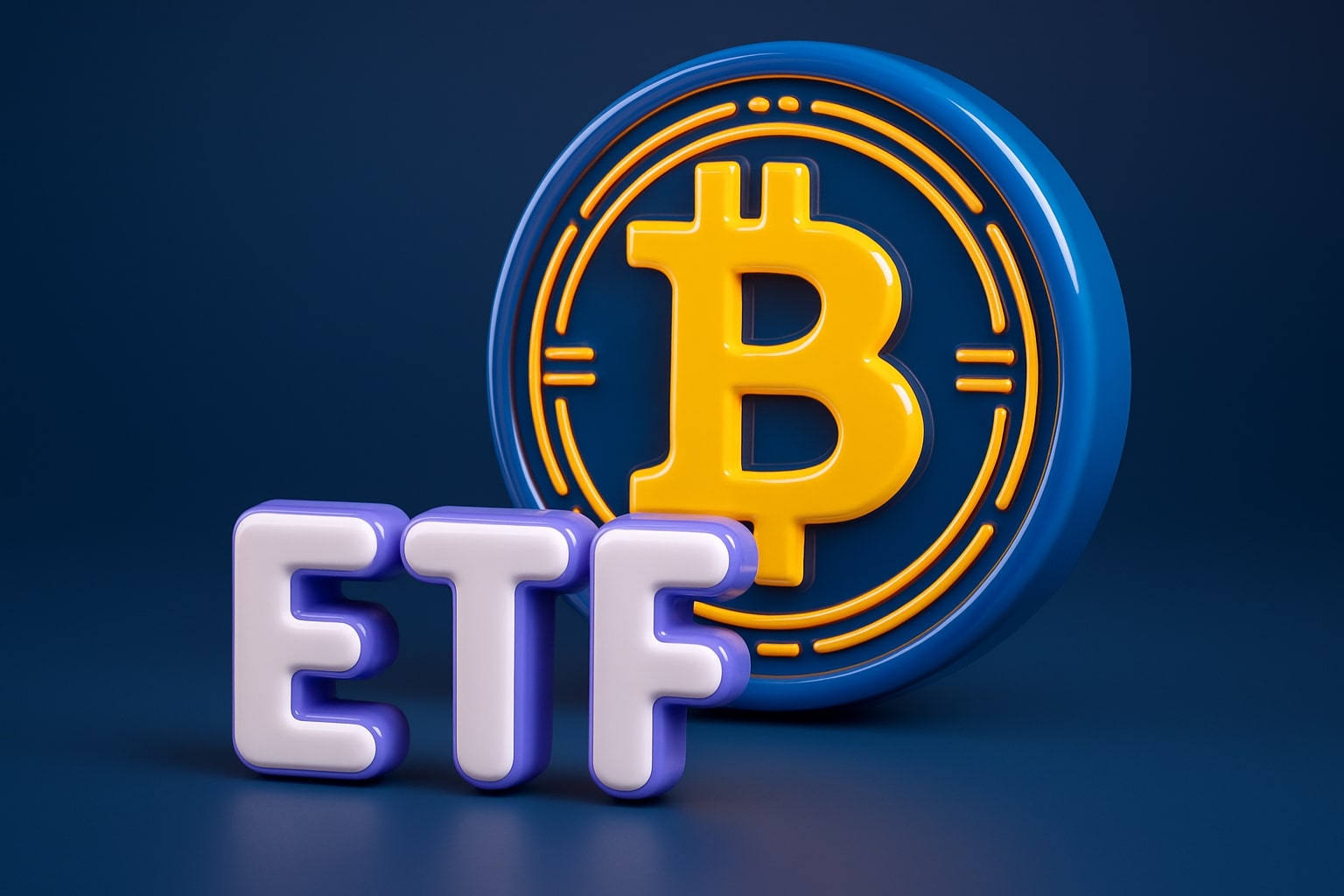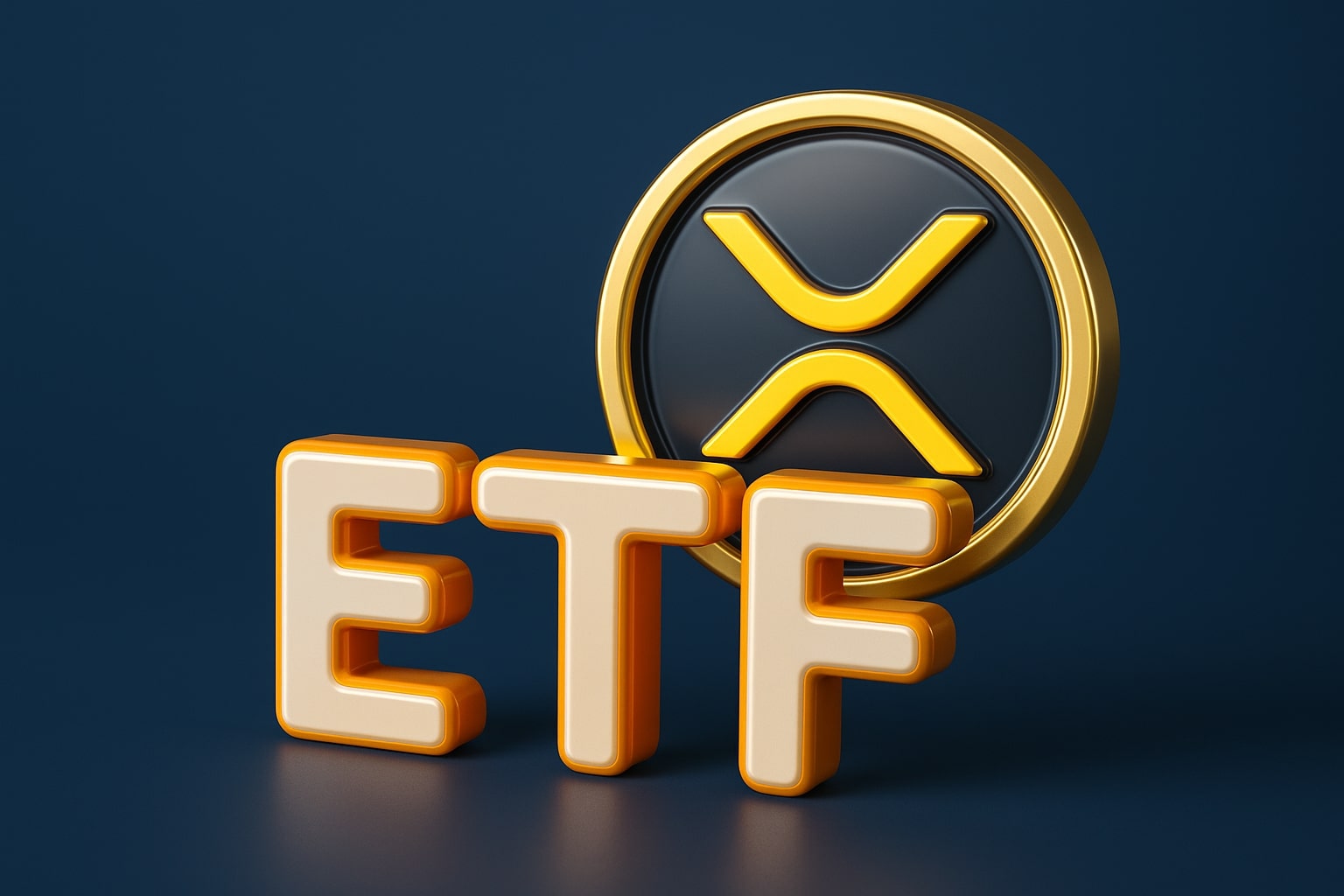BTC-USD | Institutional Firepower at Full Throttle but Bitcoin Slips to $112,143 Amid Record ETF Inflows
Bitcoin (BTC-USD) sits at $112,143, falling more than 7% in 24 hours, despite a torrent of institutional cash flooding into U.S. spot ETFs. The paradox is striking: while over $5 billion poured into Bitcoin exchange-traded funds during the first half of October, futures and options data reveal lingering hesitation among leveraged traders. This tension between long-term capital inflows and short-term risk aversion defines the market’s mood as investors weigh trade tensions, Treasury yields, and gold’s record-setting surge near $4,050 per ounce.
BTC-USD | Nine-Day Inflow Streak Adds $2.71B, Led by BlackRock’s IBIT Absorbing $4.21B
The institutional bid has not cooled. U.S. spot Bitcoin ETFs have now recorded nine consecutive days of positive inflows, accumulating $2.71 billion this week alone. Monday alone brought $1.21 billion, marking the second-highest daily inflow since the funds launched. However, not all issuers are pulling equal weight. BlackRock’s iShares Bitcoin Trust (IBIT) has emerged as the market’s ballast, posting zero outflow days in October and drawing $4.21 billion so far this month. Fidelity’s FBTC, meanwhile, saw mixed flow patterns as financial advisors rebalanced portfolios, and Grayscale’s GBTC suffered intermittent outflows. Invesco’s BTCO even experienced a single-day exodus that briefly amplified downside pressure before IBIT’s buying absorbed the shock.
BTC-USD | ETF AUM Nears $159B as Wall Street Distribution Pipes Open
Total U.S. Bitcoin ETF assets under management now stand at $158.96 billion, roughly 7% of Bitcoin’s entire market capitalization. The ETF structure has become the primary gateway for institutional exposure. The latest inflection point came when Morgan Stanley approved crypto ETF allocations for its 16,000 financial advisors overseeing $2 trillion in assets. Wells Fargo followed with its own clearance, while UBS and Merrill Lynch are reportedly evaluating similar moves. This institutional rollout marks the deepest Wall Street integration yet, transforming Bitcoin ETFs into standard components of high-net-worth portfolios. Early-stage inflows are likely to intensify once model portfolios begin including crypto exposure as part of strategic allocations.
BTC-USD | Macro Headwinds Eclipse ETF Optimism as U.S.–China Trade Tensions Shake Markets
Even as ETF demand remains fierce, macro conditions have cooled momentum. U.S. President Donald Trump’s renewed tariff threats against China, coupled with Chinese port fee retaliation, ignited fears of a trade war escalation. Equities slid sharply, with the S&P 500 dropping 1.9%, while gold soared past $4,050, signaling a flight to safety. The correlation between Bitcoin and equities remains strong—currently at 73% over 40 days—illustrating that BTC is still trading as a high-beta macro asset, not a pure hedge. Meanwhile, Treasury yields have retreated, with the 1-year yield down to 3.61%, its lowest in three years. That retreat shows rising demand for safety even as inflation stays elevated at 2.7% YoY on the U.S. PCE index, confirming investor anxiety about fiscal stability and debt expansion.
BTC-USD | Derivatives Flash Caution as Leverage Unwinds by $4B and Skew Turns Bearish
Futures and options positioning paint a picture of restraint rather than capitulation. The Bitcoin 60-day futures annualized premium remains near 7%, far from the euphoric 10%+ levels seen in peak bull phases. Open interest has shed roughly $4 billion from last week’s highs, signaling rapid deleveraging. At the same time, options 25-delta skew sits at +8%, highlighting traders’ preference for protective puts. This defensive posture indicates professional participants are hedging against further drawdowns below $110,000. Historically, periods of leverage flush and cautious skew coincide with market stabilization phases that later underpin new accumulation cycles.
BTC-USD | Stablecoin Demand Signals Risk Cooling, Not Panic
An overlooked indicator of sentiment lies in China’s offshore stablecoin markets. Tether (USDT/CNY) briefly traded at a 0.5% discount midweek, reflecting mild profit-taking rather than mass liquidation. The discount quickly reversed as BTC dipped below $120,000, suggesting traders are not rushing for exits. This normalization supports the thesis that institutional inflows continue to outweigh retail panic, even as volatility compresses price momentum. With global crypto market capitalization contracting 5.75% to $3.98 trillion, Bitcoin’s dominance at 56.15% shows that capital rotation favors BTC over altcoins during this macro tightening.
BTC-USD | Futures Premiums and ETF Flows Diverge — Liquidity vs. Leverage
The divergence between strong ETF inflows and soft derivatives data reveals a structural liquidity shift. ETF demand is slow, deliberate, and sticky—allocated capital from institutions, pensions, and advisory channels. Derivatives traders, by contrast, respond to intraday volatility and macro signals. This dual dynamic explains why Bitcoin can attract billions of net inflows yet still trade lower: leveraged players reduce exposure while ETF issuers absorb the float. It’s a tug-of-war between long-term conviction and short-term caution, and so far, macro turbulence keeps the latter in control.
BTC-USD | Technical Outlook Defines the $117,000 to $108,000 Zone as Institutional Accumulation Range
Technically, Bitcoin’s near-term structure has softened but not broken. The $117,000 region marks the first pivot zone where ETF inflows previously stabilized price, while $110,000–$108,000 forms the high-probability accumulation band visible across on-chain cost bases. Below that, the $96,000 level serves as the final defensive line before long-term structures are challenged. Resistance remains around $118,000, and reclaiming that level could reestablish a bullish market bias. For now, traders should monitor the consistency of ETF creations—sustained daily inflows above $500 million would confirm that institutional demand remains undeterred.
BTC-USD | Structural Buying Persists: $25.9B Year-to-Date ETF Flows Point to Sustained Institutional Bid
By early October, total 2025 Bitcoin ETF inflows reached $25.9 billion, up from $22.5 billion through September. With $3.5 billion entering in just the first four trading days of Q4, the full-year total is on track to exceed the $36 billion record from Bitcoin ETFs’ debut year. According to Bitwise, the expanding participation of registered investment advisors will be the decisive catalyst pushing cumulative inflows beyond $40 billion by year-end. This magnitude of demand confirms that Bitcoin is now a recognized institutional allocation, not a speculative niche.
BTC-USD | Market Outlook and Bias Into Q4 — ETF Bid Meets Macro Stress Test
The interplay of ETF accumulation and macro pressure is producing the cleanest liquidity test of Bitcoin’s institutional era. The market’s ability to hold above $110,000 despite massive deleveraging shows genuine structural support, while the rapid recovery of stablecoin parity and persistent ETF inflows underscore steady institutional conviction. ETF AUM of nearly $159 billion—representing 7% of circulating BTC—anchors price elasticity even during global equity weakness.
BTC-USD | Strategic View — Buy on ETF Flow Strength, Manage Below $108K
Data confirms that institutional liquidity remains the dominant force. With IBIT’s $4.21B inflow, consistent nine-day positive streak, and weekly +$2.71B net flows, Bitcoin’s current correction aligns with macro risk-off behavior rather than fading demand. The actionable range remains $108,000–$112,000 for strategic accumulation, with a bullish reacceleration expected on sustained inflows above $500M/day and a futures premium moving back toward 10%. Should ETF participation persist at current velocity and macro headwinds stabilize, BTC-USD could regain footing toward $121,000–$125,000, reaffirming the ETF-driven bull structure despite short-term volatility.
That's TradingNEWS


















